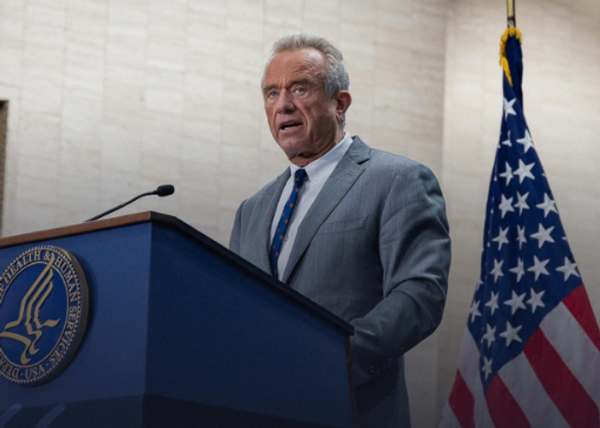The United Nations marks today as International Day for Older Persons (October 1), as part of the organisation’s efforts to draw attention to healthy ageing. Recently, a report by the UN Department of Economic and Social Affairs (UNDESA), “World Population Prospects 2022”, has projected big shifts in global demographic patterns in the coming decades.
As global birth rates stabilise and shrink, 16% of the world population by 2050 is expected to be made up of people over 65 years. India will be home to the largest population in the world which would include a large elderly sub-population. This demographic change will have a profound impact on its health systems. In this, eye care service delivery is uniquely placed to be the first point-of-contact with the elderly and to also help with health surveillance and planning.
Changes to population structure

The “World Population Prospects 2022” report estimates that by 2050, the global population will be 9.7 billion people. By then, those older than 65 years will be twice as many as children under five. That year is also projected to be a pivotal year for India’s population too. The report projects India’s population to be 1.7 billion by 2050, having overtaken China to be the world’s most populous country. Eight countries — India is among them — will account for more than half of the world’s increasing population by 2050.
Previous United Nations reports have projected that the proportion of India’s elderly population will double to be nearly 20% of the total population by that year. The prevalence of non-communicable diseases such as diabetes, hypertension and heart disease, or disabilities related to vision, hearing or mobility is higher among the elderly. The change in demographic structure will increase the pressure on public health systems that are not geared to deliver universal health care along with social security measures such as old-age and disability pensions.
Eye care and elderly health
The Hyderabad Ocular Morbidity in the Elderly Study (HOMES) by the L.V. Prasad Eye Institute has been producing a series of systematic reports on various aspects of health, quality of life, mental health, morbidity, and disability amongst the elderly living in homes-for-the-aged in Hyderabad, Telangana. Using eye care as a point of entry, the study has been measuring a variety of health and social metrics in over 1,000 participants (all aged over 60), spread across a range of socio-economic circumstances. Over 30% of the elderly in the study had distance vision loss and over 50% had near vision impairment (they needed reading glasses). Nearly half the participants had at least one disability and a third of them had multiple morbidities. About 70% of them were using at least one assistive device, spectacles being the most common. The study also explored the many links between vision impairment and an elderly person’s mental health and confidence. People with impaired vision had a greater fear, and risk, of falling (a major cause of disability and hospitalisation among the elderly). This reduced their movement and independence, leading to depression. Addressing their vision impairment improved lives.
The HOMES data show us that the first step towards tackling basic issues of access and confidence in the elderly is to address vision loss. Eye examinations are also good opportunities to assess and recognise other systemic issues in the elderly. The way forward can then be a package of interventions, including assistive devices for sight, hearing, and mobility, or referrals to psychiatric support for depression or other mental health issues. In this way, eye care can catalyse a model of elderly care that will help us recalibrate our approach to this changing world.
There is more. Most eye conditions typically affect those who are very young or the elderly — age groups that are dependent on others for health access. Therefore, the Indian eye care model has always prioritised primary care ‘vision’ centres, bringing care closer to those in need. Chronic conditions such as diabetes and hypertension lead to irreversible vision loss and so, the sector has been building referral networks connecting with other health specialities.
A perspective
Eye care has also been at the cutting edge of imaging technologies and tele-health, creating portable devices and apps that remove access issues for those who cannot travel far. Crucially, eye health in India has many cross-subsidy models to help alleviate the financial burden on individuals.

This set of experiences and expertise has put eye care in a unique position to help us navigate the transition to an ageing society. The future of elderly care needs to be long term, comprehensive, and integrated, and must be oriented towards primary care to be accessible. It must account for all kinds of socio-economic realities, working to ensure that no elderly person is denied care irrespective of their financial status. A comprehensive eye examination can be the first step towards enabling such a healthy and happy future for our elderly citizens.
Tejah Balantrapu is Associate Director, Science, Health Data, and Story-telling, L.V. Prasad Eye Institute. Srinivas Marmamula is Associate Director, Public Health Research and Training, L.V. Prasad Eye Institute







